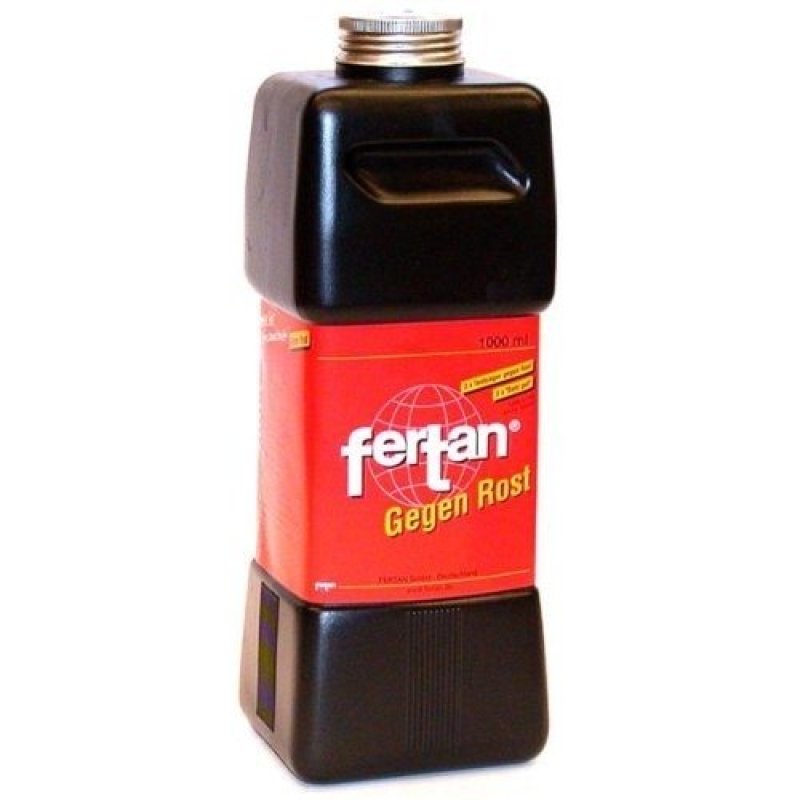
FERTAN rust converter 1000 ml thoroughly removes rust and protects metal surfaces from further corrosion.
Effective rust removal with FERTAN rust converter
FERTAN rust converter is a powerful agent that completely dissolves existing rust layers, instead of just covering them. The product penetrates deeply into the rust and converts it into an inert substance, protecting the underlying metal from further corrosion.
Applications
This rust converter is suitable for various uses:
- Vehicles and vehicle parts : Ideal for treating bodywork, chassis, and fuel tanks.
- Metal constructions : Suitable for protecting steel structures against rust formation.
- Ship parts : Effective in shipbuilding for treating metal surfaces.
Easy application
FERTAN can easily be applied with a brush, roller, or spray gun. The product is water-based and non-flammable, ensuring safe use. After application, let it work for 24 to 48 hours, depending on the ambient temperature.
Environmentally friendly and safe
The product is water-based and contains no harmful substances, making it environmentally friendly. Moreover, FERTAN is harmless to plastic, rubber, chrome, and painted surfaces.
Technical specifications
- Content : 1000 ml
- Consumption : Sufficient for approximately 12 to 15 m² when applied with a brush
- Temperature resistance : Resistant to temperatures up to 420°C
- Shelf life : Unlimited in the original, closed packaging when stored frost-free.
Preparation and aftercare
For optimal results, it is important to clean the surface to be treated from dirt, oil, grease, and silicones. After the exposure time, rinse the surface thoroughly with water. The metal can then be finished with a primer, paint, or protective wax for long-lasting protection.
Specifications
Maybe you are also interesed in:

AUTO-K rust-preventive primer spray can 500ml for optimal metal protection
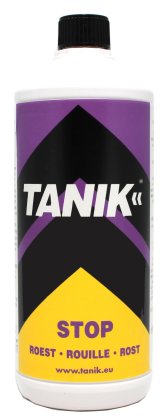
TANIK Anti Rust 1L water-based rust converter
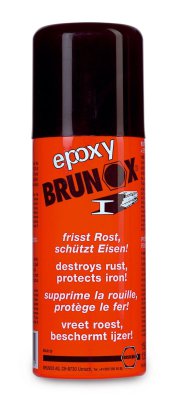
BRUNOX Epoxy Spray 400ml rust converter and primer
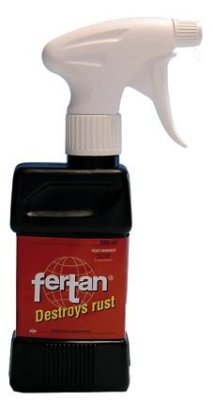
FERTAN rust converter 250 ml for effective rust removal
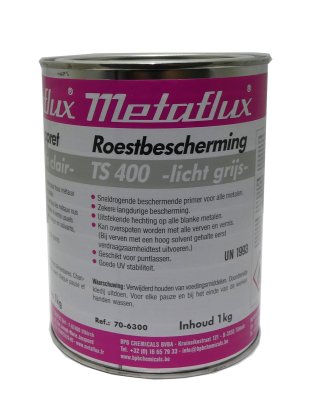
Metaflux TS400 rust-protective primer grey 1 kg
Stay up to date with the latest news and promotions!
Subscribe to our newsletter

 Dutch
Dutch
 French
French

